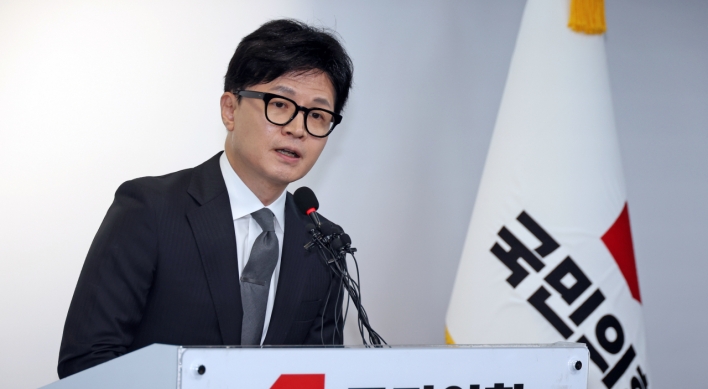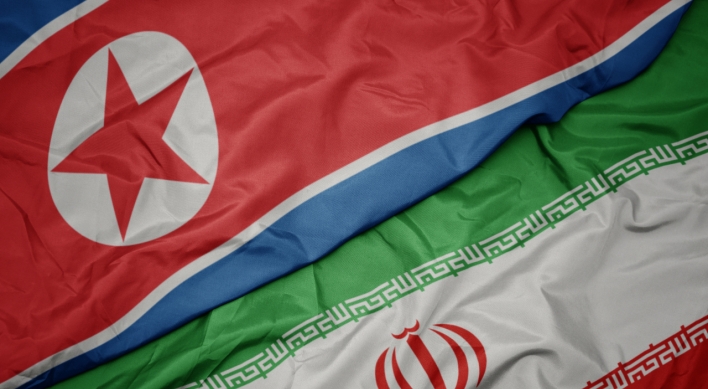ASEAN abounds with treasures at golden jubilee
ASEAN is celebrating its diverse and unique tourism through the “Visit ASEAN at 50” promotional campaign this year, which showcases 50 festivals and cross-border travel experiences.
By Korea HeraldPublished : March 6, 2017 - 18:34
Recalling the tropical allures of Bali, an Indonesian island with turquoise blue sea, silken beaches, volcanic mountains and serene rice fields, Kim Young-sun describes his past ambassadorship with a whiff of nostalgia.
“I never get bored visiting there,” he says, adding Bali -- also called the “Island of the Gods” -- provides an awe-inspiring mix of bodily and spiritual gratifications.
“My other favorite destination is Lake Toba, the world’s largest volcanic lake, measuring 100 kilometers by 30 kilometers in the island of Sumatra,” the secretary-general of the ASEAN-Korea Center told The Korea Herald.
“Looking down on the lake from the mountaintop was breathtaking, a quasi-religious experience,” he added.
“I never get bored visiting there,” he says, adding Bali -- also called the “Island of the Gods” -- provides an awe-inspiring mix of bodily and spiritual gratifications.
“My other favorite destination is Lake Toba, the world’s largest volcanic lake, measuring 100 kilometers by 30 kilometers in the island of Sumatra,” the secretary-general of the ASEAN-Korea Center told The Korea Herald.
“Looking down on the lake from the mountaintop was breathtaking, a quasi-religious experience,” he added.
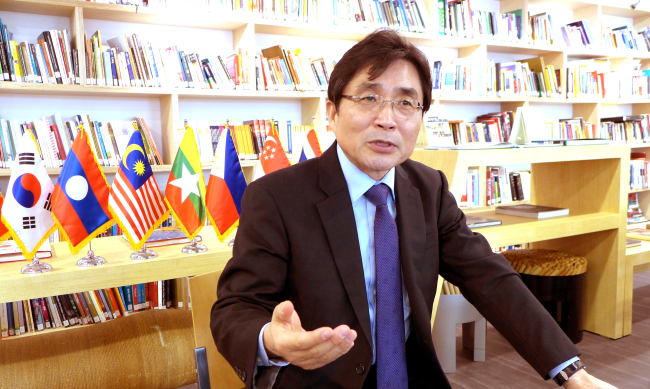
This year marks the 50th anniversary of the Association of Southeast Asian Nations. The regional body of 10 nations is celebrating its diverse and unique tourism through the “Visit ASEAN at 50” promotional campaign, which showcases 50 festivals and cross-border travel experiences.
Kim, the Korean ambassador to Indonesia from 2011 to 2014, said one of the center’s pivotal missions is to introduce the charms of Southeast Asia to the Korean public. Established in 2009, ASEAN-Korea Center is an intergovernmental organization with the aim to promote economic and cultural exchanges between ASEAN and Korea, which began a sectoral dialogue partnership in 1989.
Through year-round trade and investment missions, tourism seminars, academic conferences and youth networking, the institution has helped bridge the two sides over comprehensive areas.
“The virtue of ASEAN is its self-proclaimed ‘unity in diversity,’” the career diplomat said. “Economically, culturally, religiously and naturally, ASEAN has multifarious, hybridized assets, which manifest in peoples’ lifestyles, landscapes and heritage.”
Noting the region has 37 UNESCO World Heritage Sites, Kim recommended lesser-known destinations, such as Davao City in the Philippines, home of President Rodrigo Duterte, which is “full of surprises and pleasures from the lowlands to the highlands.”
Last year, more than 6 million Korean tourists visited Southeast Asia, comprising one-third of the country’s 18 million overseas travelers. The center will organize a culinary festival in June in Korea, and participate in the Korea World Travel Fair in June with a pavilion dedicated to ASEAN tourism.
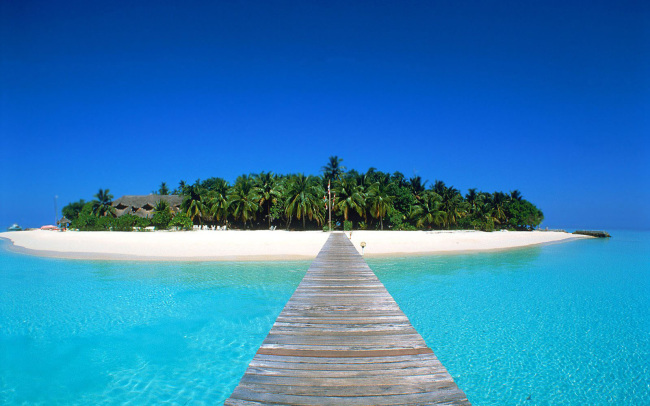
“The burning core of Hallyu is still in Southeast Asia,” the bureaucrat said, adding South Korean movies, dramas, pop music, cosmetics, fashion and food have been firmly entrenched in the lives of Southeast Asians.
Mentioning China’s apparent economic retaliation against Korean businesses over the decision to deploy the American anti-missile system, Terminal High Altitude Area Defense, he implored Korea to diversify its trade and investments with an eye toward ASEAN countries. The regional bloc is Korea’s second-largest trade partner after China and top investment destination, with bilateral trade reaching nearly $120 billion last year and expected to top $200 billion by 2020.
“Even before the current job crisis started in Korea, which has disenfranchised young people, I always thought our talented youths should actively look abroad for opportunities,” he stressed. “The world is a blue ocean of opportunities and exciting adventures. Making use of these untapped potentials cannot be avoided in today’s globalized world.”
Kim said that ASEAN, a late economic mover compared to Korea, is actively seeking Korean technology, creativity and ingenuity. The key to success lies in mastering English as well as the local language, he advised, noting it “greases the wheels of business and friendship.”
Kim also suggested embracing the “glocalization” strategy of “thinking globally, while acting locally.”
With the launch of the ASEAN Economic Community at the end of 2015, the region is being integrated as a single business destination, deeply embedded in regional and global value chains and luring foreign investment.
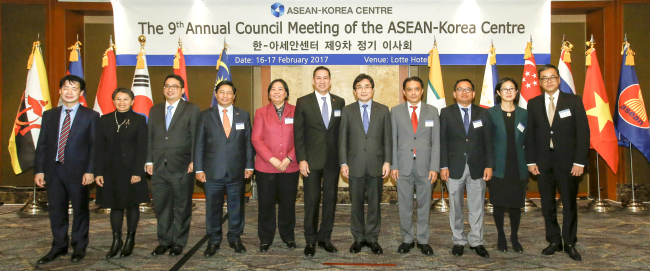
Underscoring the growing demand for skilled labor in ASEAN, Kim said many economies of the region are shifting toward a knowledge-based paradigm and nurturing value-added industries. This represents vast opportunities for Korean jobseekers and companies, particularly small and medium-sized ones, as the bulk of ASEAN commerce involves SMEs, according to the former envoy.
“ASEAN has what Korea doesn’t have,” he said, citing natural resources, young populations and expanding consumer bases. “Our economies are highly complementary. If managed well, our cooperation could be highly mutually beneficial.”
Since the dialogue partnership began in 1989, Korea has accumulated a $250 billion trade surplus against ASEAN. To help cushion the unbalanced trade, Korea has provided development assistance, sent tourists, increased investments, hired Southeast Asian workers at companies and undertaken various cooperative projects.
Pointing out that negotiations are ongoing to upgrade the ASEAN-Korea free trade agreements, which came into effect between 2007 and 2009 in goods, services and investment, Kim said the proposed Regional Comprehensive Economic Partnership agreement will have far-reaching geostrategic implications across the Asia-Pacific region. RCEP is a prospective accord between ASEAN and the six states with which it has existing FTAs: Australia, China, India, Japan, South Korea and New Zealand.
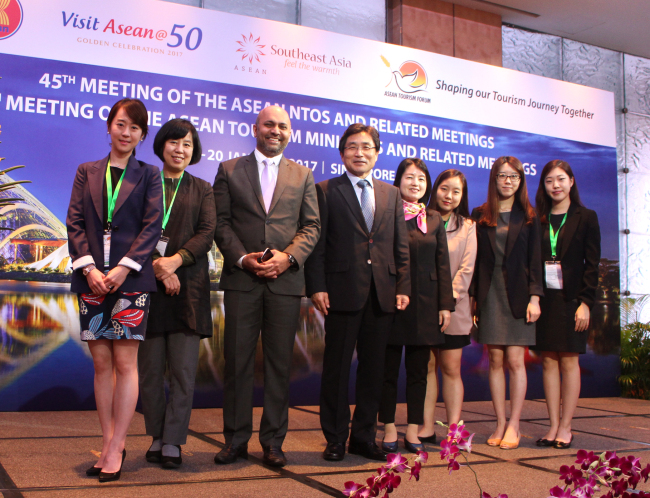
In particular, Kim said, there exists large potential for cooperation in sustainable urban development and the low-carbon economy.
“The buzzword for ASEAN’s policies these days is ‘sustainability,’” he noted, saying governments “take it very seriously.” “Along with ‘inclusiveness,’ sustainability appears at the top of virtually all their policy agendas.”
Highlighting the middle-weight cities that have sprung up across the region through urbanization and sprawl, Kim said developing “smart cities” with renewable energies and information communication technologies is the new vehicle of ASEAN’s growth.
In an era of sputtering growth and shuttering borders, ASEAN’s institutional mechanism has garnered interest worldwide for its stability and durability. Unlike the European Union, which exists by the grace of its member states forgoing a certain degree of their sovereignty, ASEAN was launched from the very start with respect for national determination, Kim explained.
“Staying true to the phrase ‘unity in diversity,’ ASEAN member states promote diversity within a unity, rather than a top-down union. That is why the organization is called the ‘ASEAN Community,’ compared to the ‘European Union.’”
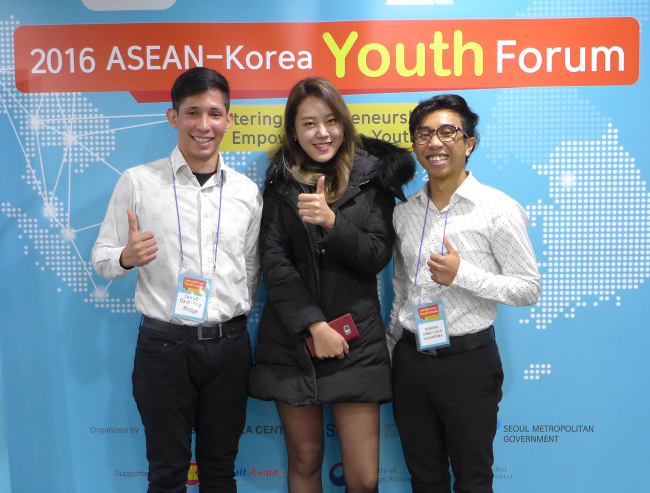
The process of decision-making is also different from the supranational body of Europe. It operates by unanimous consensus rather than democratic majority, which has been blamed for many of the political instabilities around the world.
With over 1,100 meetings taking place annually related to ASEAN -- from summits down to the working level -- the process is slow, Kim conceded, adding the “endless” discussions and negotiations lead to better understanding, unanimity and unity.
“Over the last 50 years, ASEAN has proved to be a very stable and steady regional mechanism. Its modus operandi is now under the limelight following the Brexit vote,” he said. “I believe ASEAN’s method of constant discussion in reaching a consensus is highly valuable to solving our antagonisms between China, Korea and Japan. It will also prove invaluable in our prospective unification with North Korea, where we will have to integrate the diverse positions of North Korean defectors and citizens.”
By Joel Lee (joel@heraldcorp.com)
-
Articles by Korea Herald



![[Exclusive] Korean military set to ban iPhones over 'security' concerns](http://res.heraldm.com/phpwas/restmb_idxmake.php?idx=644&simg=/content/image/2024/04/23/20240423050599_0.jpg&u=20240423183955)

![[Graphic News] 77% of young Koreans still financially dependent](http://res.heraldm.com/phpwas/restmb_idxmake.php?idx=644&simg=/content/image/2024/04/22/20240422050762_0.gif&u=)



![[Pressure points] Leggings in public: Fashion statement or social faux pas?](http://res.heraldm.com/phpwas/restmb_idxmake.php?idx=644&simg=/content/image/2024/04/23/20240423050669_0.jpg&u=)





